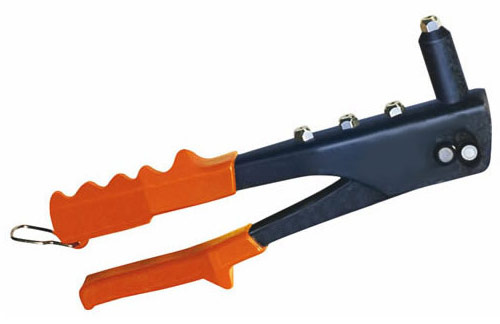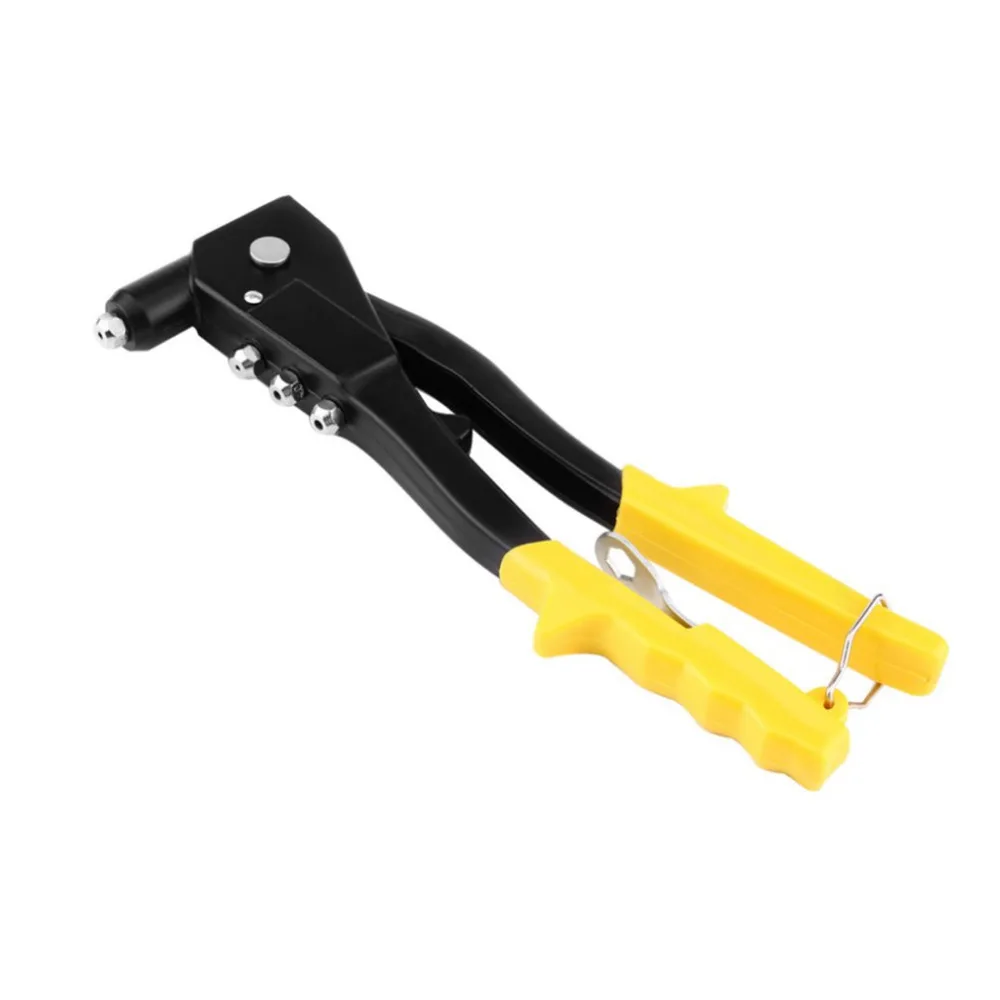

Structural steel rivets: also known as interlock rivets, these are typically stainless steel and create a stronger than normal rivet.Solid rivets: the oldest type of rivet, dates back to the Bronze Age and are installed with a hammer.Self-piercing rivets: No hole is needed for these as they will pierce the top layer of the material without fully piercing the bottom.Multi-grip rivets: this features a range of different rivet sizes, where the riveted material can differ in size in different areas.Oscar rivets: blind rivet with a split along the shaft, this creates a larger than normal flare for a more secure rivet.Friction-lock rivets: used for aerospace applications, these blind rivets function in a similar way to an expanding bolt.Drive rivets: possesses a shorter than normal mandrel and is installed with a hammer.Blind rivets/large flange POP rivets: also known as oversize rivets, these have a larger than normal washer on the hat.


What applications can rivets be used for? Riveting can create either butt or lap joints that can have a multitude of different configurations, like zigzag, single and double formations. When the installation is completed, the rivet should look like a dumbbell. The tail is deformed by smashing or pounding, which flattens the material and expands the tail about one a half times its diameter. After it is installed, the tail is deformed, securing the rivet in place. Rivets can either be installed by drilling, placing or punching them into a hole. Source: Adobe/AfrandeePhotography How do rivets work?
Rivet gun uses install#
Hand rivet guns are sometimes used to install blind rivets. Measurements for rivets come from the installed grip length and range. It is common for the hat and mandrel to both be manufactured out of the same material - stainless steel, for example - or sometimes a combination of two materials is used, like a copper hat and a brass mandrel. POP rivets are tube-shaped and hollow, featuring a hat and a mandrel, and the mandrel is snapped off once it is installed. Rivets can be installed either with a pneumatic rivet gun or with a hand riveter. POP rivets, also known as blind rivets, are utilized to connect two objects or pieces of material in a fast and efficient manner. It is also common to see riveting and drilling machines used in the aerospace field, and they feature electromagnetic or hydraulic presses to carry out the installation. Modern-day installers use handheld air hammers for this process hand hammers are rarely used. The installer must have access to both sides of the hole for installation, so the anvil is held against one side of the rivet, and the hammer hits the other end. For an application like this, a hammer and anvil are used for forming the solid head of the rivet. Due to their reliability, they are widely used in the aircraft industry. They are reliable and safe and are proven to be effective over a number of applications. Solid rivets are the oldest, most popular and most commonly used not only in rivets, but of all fasteners in general.


 0 kommentar(er)
0 kommentar(er)
